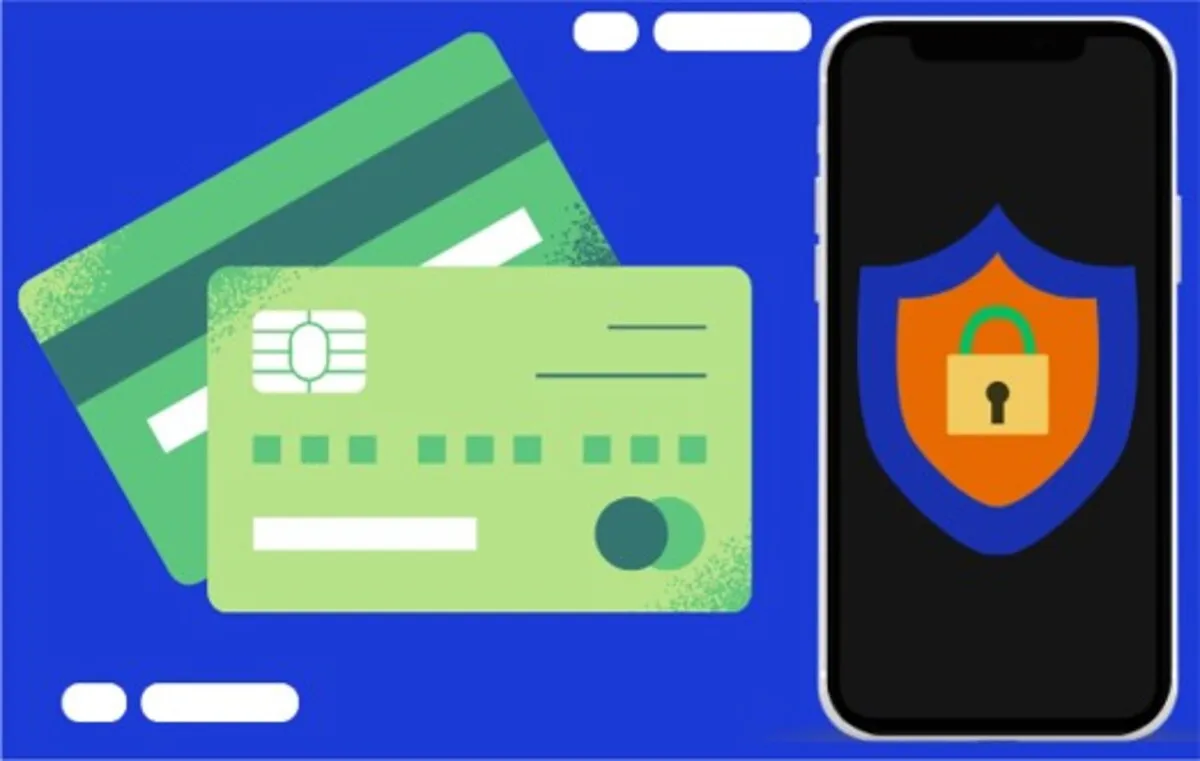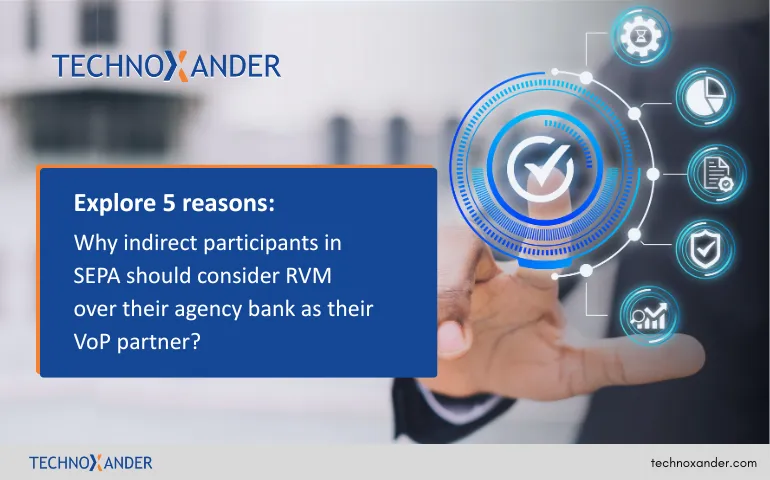The risks of technology—cybersecurity threats, data breaches, and system failures—are increasing as it forms the foundation of contemporary banking. Yet, many institutions still have difficulty developing strong, proactive ICT risk management plans that not only safeguard their systems but also guarantee regulatory compliance.
Here are some highlighting points that can give you a walkthrough of this entire guide:
- ICT risk is growing in banking, and proactive, regulatory-aligned strategies are critical under DORA and EBA guidelines.
- A comprehensive ICT risk management framework should go beyond cyber threats to include hardware, networks, and data protection.
- Leadership involvement in ICT governance ensures accountability and strategic prioritisation of resilience.
- Ongoing risk identification and assessment is vital for spotting and addressing threats early.
- Layered security—like firewalls, encryption, and access control—creates a strong defence against system vulnerabilities.
- A robust Business Continuity Plan (BCP) minimises operational disruption and ensures rapid recovery.
- An effective incident response protocol is key to swift containment of cybersecurity breaches and system failures.
- Third-party ICT risks must be regularly audited and addressed in vendor contracts to protect your digital ecosystem.
- Regular ICT testing and independent audits help preempt threats and guarantee compliance with evolving regulations.
- Protecting data integrity through encryption, RBAC, and DLP tools is essential for financial security and compliance.
- Timely reporting of ICT risks and incidents to regulators avoids fines and reputational damage.
- TechnoXander’s VoP product is built with DORA, EPC, and IPR compliance, embodying all 10 ICT resilience principles.
Banks must successfully plan for ICT risks in light of the European Union’s Digital Operational Resilience Act (DORA), the European Banking Authority’s (EBA) ICT risk management guidelines, and the impact of the International Payments Regulatory (IPR). We are pleased to have built our Verification of Payee product at TechnoXander with DORA compliance in mind.
10 Steps to Manage ICT Risk in Financial Institutions
We took action at TechnoXander to attain the highest level of regulatory compliance. These ten concrete actions from our experience might help you strengthen your resilience and guarantee compliance.
1. Develop a Comprehensive ICT Risk Management Framework
First and foremost, we require a robust framework for ICT risk management. Being proactive is more important here than simply responding to hazards as they arise. Software, hardware, network security, and data protection should all be covered by the framework, which also needs to comply with financial institution-specific regulations.
2. Integrate ICT Risk Management into Corporate Governance
Does the governance of your organization incorporate ICT risk management?
The involvement of top leadership is essential. A clear message is conveyed when the board and executives actively monitor and manage ICT hazards: you take these risks seriously. This enhances accountability and guarantees that decisions are made with a thorough awareness of the technology environment.
3. Continuous Identification and Assessment of ICT Risks
How often do you evaluate the hazards associated with ICT? Effective ICT risk management requires a continuous identification and evaluation procedure. Your organization’s ICT infrastructure needs to be continuously monitored and reviewed on a regular basis. This makes it possible to identify new risks early on, including operational weaknesses or cyberthreats, before they become serious problems.
4. Implement Risk Mitigation Controls
You wouldn’t rely on a single lock to protect your house—so why should we rely on just one defence against ICT risks?
Multi-layered controls are essential. Think firewalls, intrusion detection systems, data encryption, and strict access controls. The idea is to create several layers of defence so that if one fails, others are there to protect your systems.
5. Develop and Maintain Business Continuity Plans (BCPs)
We all know that downtime costs money—lots of it. To minimise disruptions, you need a well-designed Business Continuity Plan (BCP). This is your fallback when something goes wrong, whether it’s a system failure, a data breach, or even a natural disaster. Your BCP should lay out clear steps to restore operations as quickly as possible.
6. Establish an ICT Incident Management Protocol
Let’s face it—incidents will happen. What’s important is how quickly and efficiently you respond. Having a well-defined incident management protocol ensures that when there’s a cybersecurity breach, system outage, or data leak, you and your team can act swiftly to contain the damage.
7. Manage Third-Party ICT Risks
You should routinely evaluate your vendors and incorporate ICT risk management provisions into all of your contracts in order to control third-party ICT risks. To make sure they are adhering to your security standards, it is also crucial to perform audits on a regular basis.
If you choose to implement TechnoXander’s products for Verificaiton of Payee or Open Finance, you will be pleased to know that we have already implemented these 10 steps.
8. Conduct Regular ICT Testing and Auditing
Regular testing and auditing of your systems is a must. Penetration testing simulates attacks on your systems, identifying weaknesses before they can be exploited by real threats.
External audits provide an unbiased look at your security measures and ensure compliance with regulations. We do it every year for critical infrastructure and you should too!
9. Safeguard Data Integrity and Security
Maintaining data integrity and security is one of the most critical aspects of ICT risk management, especially for financial institutions that handle sensitive information. Encryption, data access controls, and data loss prevention (DLP) tools are essential to protect against unauthorized access, tampering, or loss.
Institutions must implement role-based access control (RBAC) systems to limit access to sensitive data, ensuring that only authorized personnel can view or modify critical information.
10. Report ICT Risks and Incidents to Regulators
Finally, staying compliant means establishing a solid process for reporting ICT risks to regulatory authorities. It’s essential to document and report any major incidents, such as data breaches or system failures, in a timely manner.
Failure to report incidents can result in hefty fines and harm to your institution’s reputation, so it’s vital to have clear protocols in place.
Final Thoughts
For compliance and resilience, your financial institution’s ICT risk management must be strengthened.
Are you prepared to improve your methods? You can follow the same methods that we have taken to design security and resilience into the Verification of Payee (VoP) product! Put these ten essential procedures into practice to protect your company from upcoming interruptions.
Contact us to implement Verification of Payee product that complies with DORA accounts, EPC & NPC VoP rules, and Instant Payment Regulations.










